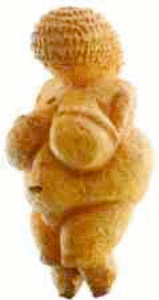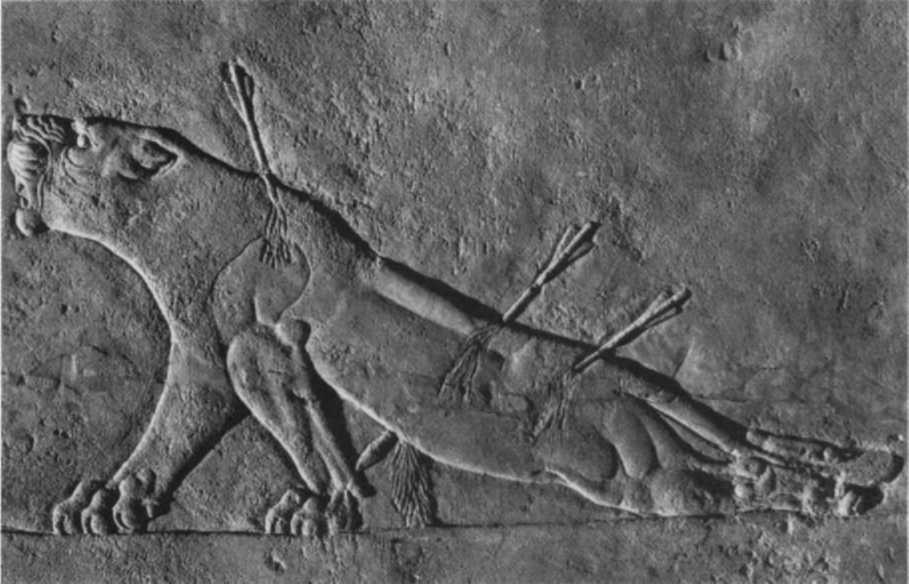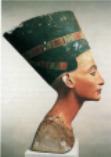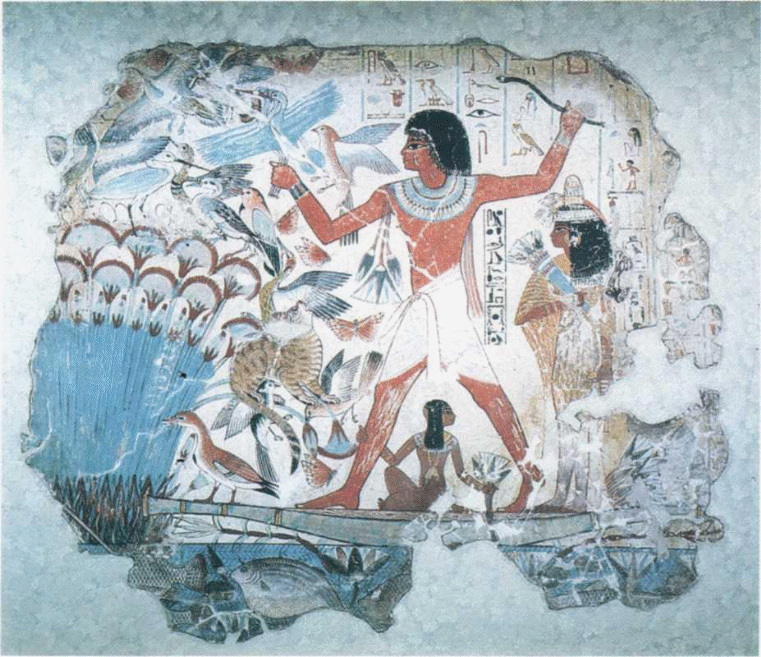
- •Before you read
- •1. Discuss the following questions:
- •2. Comment on the quotations. Do you agree with them? Explain your answers.
- •3. Read and translate the text. The Birth of Art
- •Glossary
- •Activities
- •1. Answer the questions to the text.
- •2. Look at the picture of «Venus of Willendorf». Describe it and answer the questions, use the cloud of clues or click on the link to read the Wikipedia article.
- •3. Translate the sentences from English into Russian.
- •4. Retell the text according to the plan:
- •Before you read
- •1. Discuss the following questions:
- •2. Mark the periods of Greek art and Roman art on the timeline.
- •3. Read and translate the text. Greece: they invented a lot more than the Olympics
- •Rome: the organizers
- •Glossary
- •Activities
- •1. Answer the questions to the texts.
- •Начало формы
- •5. Translate the sentences from English into Russian.
- •6. Retell the text according to the plan:
- •Before you read
- •1. Discuss the following questions:
- •2. Fill in the gaps in the chart below.
- •3. Read and translate the text. Medieval art
- •Glossary
- •Activities
- •1. Answer the questions to the texts.
- •2. Read the sentences about medieval art and fill in the gaps with the appropriate words or phrases.
- •3. Translate the sentences from English into Russian.
- •4. Retell the text according to the plan:
- •Before you read
- •1. Discuss the following questions:
- •2. Look at the map and describe the countries where the Renaissance started and took place, main artists and their masterpieces.
- •3. Read and translate the text. The Renaissance
- •The Early Renaissance
- •The Italian Renaissance
- •Glossary
- •Activities
- •1. Answer the questions to the texts.
- •2. Translate the sentences from English into Russian.
- •3 . Look at the two paintings. Compare them, use the words and phrases from the text.
- •4. Retell the text according to the plan:
- •5. Find the answer to the crossword puzzle.
- •Before you read
- •1. Discuss the following questions.
- •2. Comment on the quotations. Do you agree with them? Explain your answers.
- •3. Read and translate the text. The Northern Renaissance
- •The German Renaissance
- •Mannerism and the late Renaissance
- •T he Spanish Renaissance
- •Glossary
- •Activities
- •1. Answer the questions to the texts.
- •2. Translate the sentences from English into Russian.
- •3. Look at the pictures. Discuss the following questions.
- •5. Retell the text according to the plan:
- •Before you read
- •1. Discuss the following questions:
- •3. Read and translate the text. Baroque art
- •Italian Baroque
- •Flemish Baroque
- •Dutch Baroque
- •Glossary
- •Activities
- •1. Answer the questions to the texts.
- •2. Translate the sentences from English into Russian.
- •4. These sentences summarize the distinctive features of Baroque style. Decide which of them are true or false.
- •5. Retell the text according to the plan:
- •Before you read
- •1. Discuss the following questions:
- •2. Look at the chart and describe the difference between in Baroque style in these countries. Add your own examples of artists, sculptors and architects and their artworks.
- •3. Read and translate the text. English Baroque
- •Spanish Baroque
- •French Baroque
- •Glossary
- •Activities
- •1. Answer the questions to the texts.
- •2. Look at the picture. Whose artwork is it? Discuss these questions.
- •5. Translate the sentences from English into Russian.
- •3. The diagram below asks you to connect each genre of painting (center) with its correct description and example. An example has been provided.
- •5. Retell the text according to the plan:
- •Before you read
- •1. Discuss the following questions:
- •2. Look at the chart and make up your own sentences to describe the period of Neoclassicism. Give the examples of artists and their paintings.
- •3. Read and translate the text. Neoclassicism
- •American Neoclassicism
- •Glossary
- •Activities
- •1. Retell the text according to the plan:
Методические указания по английскому языку для студентов II курса института дизайна и искусств, обучающихся по специальности
«История и теория искусств»
Составители:
К. В. Кайшева
В. И. Синицына
Министерство образования и науки Российской Федерации
Федеральное государственное бюджетное образовательное учреждение
высшего профессионального образования
«САНКТ-ПЕТЕРБУРГСКИЙ ГОСУДАРСТВЕННЫЙ УНИВЕРСИТЕТ
ТЕХНОЛОГИИ И ДИЗАЙНА»
Методические указания по английскому языку
для студентов II курса института дизайна и искусств,
обучающихся по специальности «История и теория искусств»
Составители:
К. В. Кайшева
В. И. Синицына
Санкт-Петербург
 2011
2011
Рекомендовано на
заседании кафедры
31.08.2011 г,
протокол № 1
Рецензент О. C. Муранова
Тексты предназначены для студентов, обучающихся по специальности «История и теория искусств», комплекс упражнений на основе текстов позволяет развить навыки разговорной речи.
Оригинал подготовлен составителями и печатается в авторской редакции.
Подписано в печать 27.09.11. Формат 60x84 1/16
Печать трафаретная. Усл. печ. 4.2.
Тираж 100 экз. Заказ
Отпечатано в типографии СПГУТД

 191028,
Санкт-Петербург, Моховая, 26
191028,
Санкт-Петербург, Моховая, 26
Contents
Unit 1. Prehistoric art: the beginning 5
Unit 2. Antique art: Greek and Roman 10
Unit 3. Medieval art: the reign of religion 20
Unit 4. The rebirth of art: the Italian Renaissance 28
Unit 5.The rebirth of art: the Northern Renaissance 37
Unit 6.Baroque: the Ornate Age 46
Unit 7. Baroque and Rococo 55
Unit 8. Neoclassicism 63
References 68
Unit 1
PREHISTORIC ART: THE BEGINNING
Before you read
1. Discuss the following questions:
What is art?
What art forms do you know?
When was art born?
Do you know any examples of prehistoric art?
How would you describe the distinctive features of prehistoric art?
2. Comment on the quotations. Do you agree with them? Explain your answers.
«Art is born of the
observation and investigation of nature»
Cicero
«Art is the desire of a
man to express himself, to record the reactions of his personality
to the world he lives in»
Amy Lowell
«Art is making something
out of nothing and selling it» Frank
Zappa
3. Read and translate the text. The Birth of Art
Art was born around 25,000 years ago with the birth of our human ancestor Cro-Magnon man. With greater intelligence came imagination and the ability to create images in both painting and sculpture. For thousands of years three art forms – painting, sculpture, and architecture – embodied the ambitions, dreams, and values of their cultures. The history of art is not a story of progress from primitive to complex but a story of the varied forms the imagination has taken in painting and sculpture.
T
 he
oldest surviving art objects are sculptures made from bone, ivory,
stone, or antlers. These were engraved (by incising an outlined
figure with a sharp tool), carved in deep relief, or fully rounded
three-dimensional sculptures.
he
oldest surviving art objects are sculptures made from bone, ivory,
stone, or antlers. These were engraved (by incising an outlined
figure with a sharp tool), carved in deep relief, or fully rounded
three-dimensional sculptures.
The first «paintings» were probably made in caves approximately 15,000 years ago. These pictures of bison, deer, horses, cattle, mammoths symbolized good luck in hunting. Cave artists used charcoal to outline irregularities in the walls of caves that suggested forms from nature. Bulges in the rock implied hulk, and tonal shading with earth–tone pigments lent contour and perspective. Drawings were often superimposed randomly, perhaps because new images were necessary before each hunt. Almost all images represent animal figures in two-dimensional profile and seem to float in space, without background surroundings.
M esopotamia
and its capital city Babylonare called
«the navel of the world». This premier city was the cradle of
ancient art and architecture, as well as the site of both the Hanging
Gardens and Tower of Babel. Besides architecture, the predominant art
form of Mesopotamia was bas-relief sculpture. Combined with
wedge-shaped cuneiform writing, scene after scene of these wall
carvings scrupulously detail military exploits. «The Dying Lioness»
portrays a wounded beast, paralyzed by arrows. The figure's flattened
ears and straining muscles convey her death throes with convincing
realism.
esopotamia
and its capital city Babylonare called
«the navel of the world». This premier city was the cradle of
ancient art and architecture, as well as the site of both the Hanging
Gardens and Tower of Babel. Besides architecture, the predominant art
form of Mesopotamia was bas-relief sculpture. Combined with
wedge-shaped cuneiform writing, scene after scene of these wall
carvings scrupulously detail military exploits. «The Dying Lioness»
portrays a wounded beast, paralyzed by arrows. The figure's flattened
ears and straining muscles convey her death throes with convincing
realism.

 Egypt
is famous for the art of immortality. Considering Egyptian society's
obsession with immortality, it's not surprising that Egyptian art
remained unchanged for 3,000 years. Their overriding concern was
assuring a comfortable after-life for their rulers, who were
considered gods. Colossal architecture and Egyptian art existed to
surround the pharaoh's spirit with eternal glory. In the pursuit of
permanence, the Egyptians established the essentials of a major
civilization: literature, medical science, and higher mathematics.
Much of what we know about ancient Egypt comes from the surviving
tombs. Wall paintings and hieroglyphics were a form of instant
replay, life and daily activities in minute detail. Sculpture and
paintings followed a rigid formula for representing the human figure.
In acres of stone carvings and drawings, the human form is depicted
with a front view of the eye and shoulders and profile view of head,
arms, and legs. In wall paintings, the surface is divided into
horizontal bands separated by lines. The spare, broad-shouldered,
narrow-hipped figure wears a headdress and kilt, and stands rigidly,
with arms at his side, one leg advanced.
Egypt
is famous for the art of immortality. Considering Egyptian society's
obsession with immortality, it's not surprising that Egyptian art
remained unchanged for 3,000 years. Their overriding concern was
assuring a comfortable after-life for their rulers, who were
considered gods. Colossal architecture and Egyptian art existed to
surround the pharaoh's spirit with eternal glory. In the pursuit of
permanence, the Egyptians established the essentials of a major
civilization: literature, medical science, and higher mathematics.
Much of what we know about ancient Egypt comes from the surviving
tombs. Wall paintings and hieroglyphics were a form of instant
replay, life and daily activities in minute detail. Sculpture and
paintings followed a rigid formula for representing the human figure.
In acres of stone carvings and drawings, the human form is depicted
with a front view of the eye and shoulders and profile view of head,
arms, and legs. In wall paintings, the surface is divided into
horizontal bands separated by lines. The spare, broad-shouldered,
narrow-hipped figure wears a headdress and kilt, and stands rigidly,
with arms at his side, one leg advanced.
The size of a figure indicated rank, with pharaohs presented as giants towering over pygmy-size servants. Since statues were intended to last eternally, they were made of hard substances like granite and diorite. The pose was always frontal and bisymmetrical, with arms close to the torso. Human anatomy was usually, at best, an approximation. Nefertiti's husband was an artist, who encouraged a temporary loosening of artistic conventions, seen in this more naturalistic representation of his wife.
